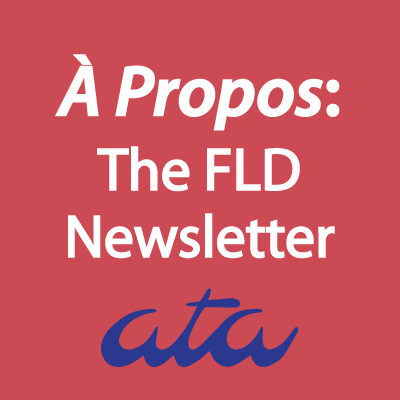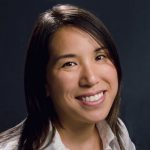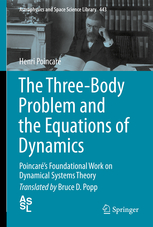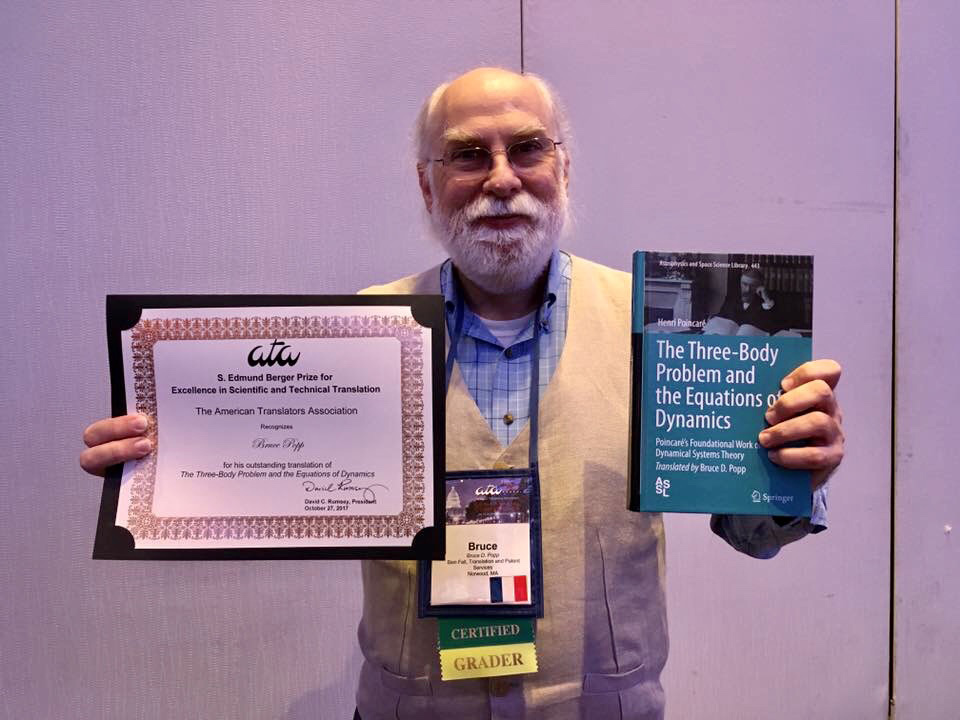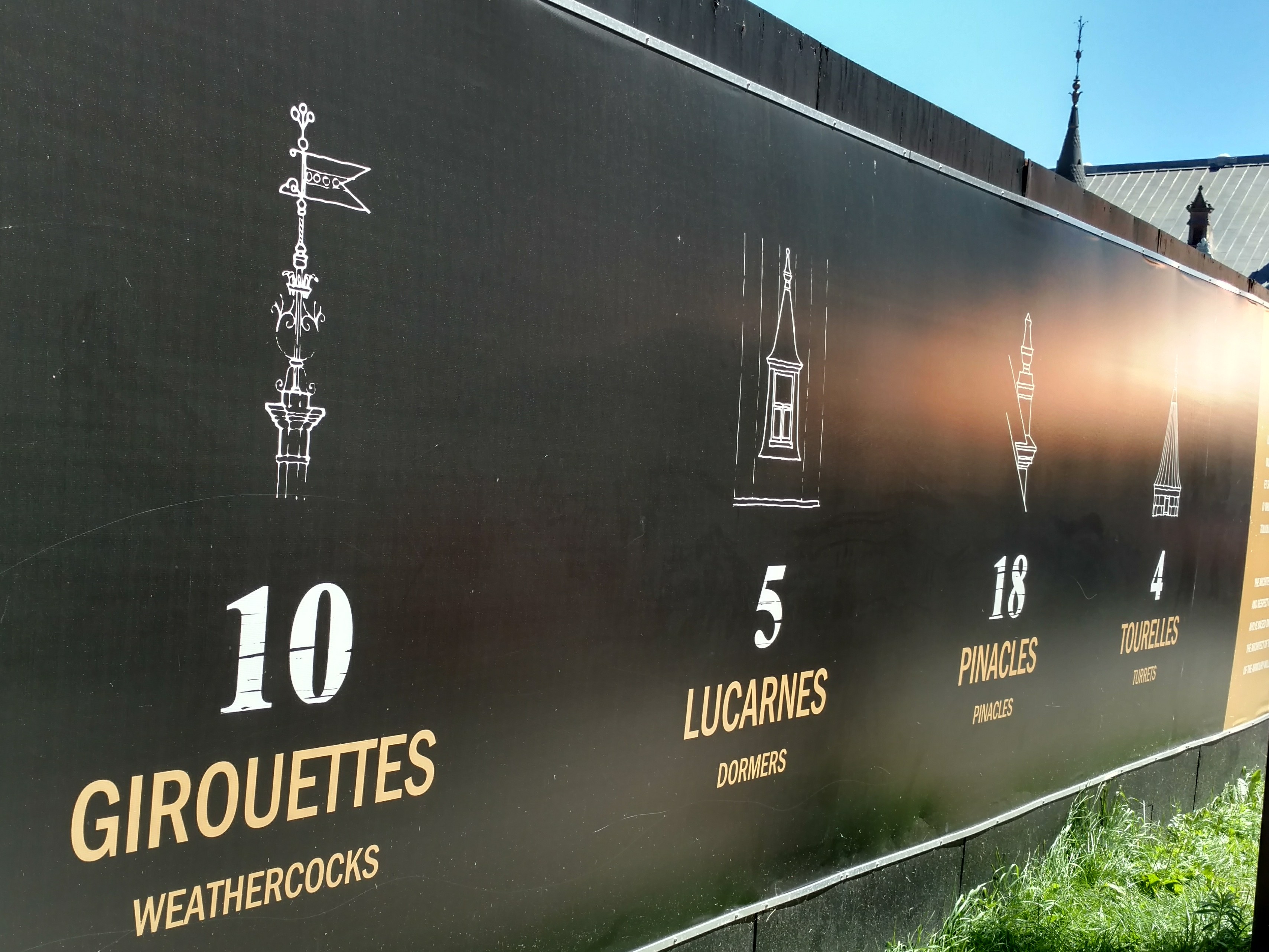by Priscilla Tuernal-Vatran
Titulaire d’une Maîtrise de Langues Étrangères Appliquées (Anglais-Espagnol) obtenue à l’Université Paris Sorbonne (1982), complétée par un Master 2 LEA Management International des Assurances de l’Université Paris Nord obtenu en septembre 2015, j’ai longtemps été salariée. Il y a quatre ans, j’ai décidé de quitter la région parisienne pour me réinstaller dans mon île natale, la Martinique.
Nouveau virage professionnel : je quittais le confortable statut de salariée pour endosser l’habit de traductrice indépendante.
Le 1er février 2017, j’ai fêté mes trois ans d’entrepreneuriat. Je fais de cette expérience un bilan tout à fait positif.
Je traduis essentiellement de l’anglais vers le français, mais également de l’espagnol vers le français.
L’anglais a été le fil conducteur de ma carrière, je l’ai utilisé à tous les postes que j’ai occupés. J’ajoute que l’anglais me passionne depuis mon tout premier cours de 6ème, à l’âge de 10 ans.
J’ai connu plusieurs tournants dans ma carrière professionnelle. À 40 ans, je me suis retrouvée intérimaire pendant 8 mois dans une entité publique qui gérait sa fermeture. Une collègue proche de la retraite m’a conseillé de considérer l’industrie pharmaceutique et m’a surtout expliqué l’intérêt de cette industrie. J’ai suivi ses recommandations et c’est toujours en qualité d’intérimaire que j’ai accepté une mission dans ce secteur d’activité, pour le compte d’un laboratoire pharmaceutique. J’étais recrutée en tant qu’assistante pour seconder un chef de projet clinique dans la préparation d’un audit de la Food and Drug Administration (FDA), sur un centre en France, dans le cadre d’une étude clinique internationale multicentrique. Ce chef de projet a pris le temps de m’expliquer l’étude, et surtout de répondre patiemment à toutes mes questions, sur les essais cliniques en particulier, et sur la recherche clinique d’une manière générale. De mon côté, j’ai lu nombre d’articles sur ces sujets. Je découvrais un domaine d’activité que je ne soupçonnais absolument pas.
Au bout de trois mois, j’ai eu une proposition en CDI, en tant qu’assistante. J’avais un peu l’impression de recommencer ma carrière à zéro, mais j’ai joué le jeu. Je suis restée 10 ans dans ce laboratoire pharmaceutique, au département médical.
À la suite d’un plan social, je suis brièvement retournée à l’enseignement dans une structure associative, puis je suis revenue à l’industrie pharmaceutique, outsourcée au service Marketing d’un autre laboratoire, où j’ai passé un an.
En août 2010, j’ai été contactée par un cabinet de recrutement pour un poste à pourvoir dans une CRO (Contract Research Organisation, société sous-traitante de laboratoires pharmaceutiques pour la conduite d’essais cliniques). J’y ai passé 3 ans.
Lorsque j’ai quitté la région parisienne pour me réinstaller à la Martinique, mon projet professionnel était clair : être traductrice indépendante.
Dans le cadre de mon plan marketing pour la recherche de clients, j’étais inscrite sur le site de plusieurs agences de traduction, sans succès jusqu’au jour où un gestionnaire de prestataires situé à Barcelone m’a contactée. Il recherchait un traducteur d’anglais … en créole … connaissant la recherche clinique … J’ai été contactée par le biais de mon profil LinkedIn.
Le contexte de formation
Pratiquement toutes les études sur lesquelles j’ai travaillé étaient des études internationales. Dans un premier temps, j’ai démarré sur une étude portant sur la Maladie d’Alzheimer (MA). J’étais rattachée au Groupe Thérapeutique Système Nerveux Central. Ceci m’a permis de découvrir des pathologies telles que l’Accident Vasculaire Cérébral (AVC) ou le traumatisme crânien. Par la suite, je suis passée au Groupe Thérapeutique Métabolisme, Hémophilie et Diabète. Enfin, j’ai rejoint le Groupe Thérapeutique Anti-Infectieux et Maladies Tropicales, Dysfonction Érectile, Oncologie et HIV.
En tant qu’Assistante de Groupe Thérapeutique, j’étais chargée de la préparation des dossiers de soumission au Comité de Protection des Personnes (ou Comité d’Éthique). Ces dossiers regroupent les documents de démarrage d’une étude, à savoir Protocole, Résumé de l’Étude, Brochure de l’Investigateur, Formulaire d’Information et de Consentement Éclairé (FCE), Cahier d’Observation (dossier de suivi médical du patient tout au long de l’étude). Pour les études internationales, tous ces documents étaient rédigés en anglais et l’un de mes rôles consistait à faire la liaison avec les agences de traduction pour la traduction en français.
Une fois l’avis favorable du Comité de Protection des Personnes obtenu, il convenait de préparer 2 réunions de lancement de l’étude.
La 1ère, la Réunion Investigateurs, regroupait tous les investigateurs nationaux et internationaux ainsi que les infirmiers d’étude, toutes ces personnes étant chargées de la bonne conduite de l’étude dans les centres.
La 2nde réunion se déroulait avec le personnel interne au laboratoire et rassemblait l’équipe projet dédiée à une étude spécifique. Elle était animée par le Chef de Projet Clinique, responsable en interne de la conduite de l’essai.
Les documents de l’étude étaient soigneusement présentés au cours des deux réunions.
Ma formation
Tous les documents administratifs d’une étude me passaient entre les mains. Étant curieuse de nature, je prenais le temps de les étudier en version anglaise et française et c’est ainsi que, petit à petit, j’ai constitué mon glossaire de recherche clinique. Le poste d’Assistante de Chef de Projet Clinique m’a permis de maîtriser tous les documents de la recherche clinique, jusqu’au rapport de fin d’étude et aux publications et présentations de résultats, en passant par les déclarations d’événements indésirable graves (effets secondaires graves).
J’ai travaillé en particulier sur le Formulaire d’Information et de Consentement Éclairé. Ce document est fondamental pour le patient qui participe à un essai clinique. En effet, le médecin investigateur l’utilise pour expliquer au patient potentiel l’objet de l’étude et l’intérêt qu’elle peut présenter pour lui, tant sur le plan médical que pratique. Une fois le patient convaincu de l’utilité de l’étude pour lui-même, il signe le document et donne ainsi son consentement écrit pour rentrer dans l’étude.
La traduction de ce document est donc cruciale, même si elle l’est pour tout document à traduire. Il convient de fournir des informations précises au patient qui souffre d’une pathologie particulière. On doit lui indiquer combien de temps il sera traité, par quel type de produit expérimental, à quelle fréquence, à quels examens il sera soumis, quel est le rapport bénéfice-risque, quels effets indésirables il peut potentiellement développer, quelles précautions particulières il doit prendre.
De plus, la formulation doit s’adapter au public visé, en particulier pour les études portant sur des sujets enfants. Selon le cas, on tient compte de la maîtrise de la langue d’un enfant de moins de sept ans, d’un pré-adolescent ou d’un adolescent presque majeur.
Le 2ème type de document sur lequel j’ai longuement travaillé est le Contrat de Recherche Clinique. Je devais rédiger les contrats pour les prestations des intervenants, à savoir établissements de santé, médecins investigateurs, membres des comités scientifiques des études, et tous les contrats annexes avec associations de recherche médicale, et prestations spécifiques (laboratoires d’analyses biologiques, médecins spécialistes comme par ex. radiologues, anatomopathologistes, etc.). J’ai exercé cette fonction pendant 3 ans au sein du laboratoire puis encore 3 ans dans une CRO. C’est dans la CRO que le pont entre le contrat, la maîtrise de l’anglais et la traduction française a pris tout son sens. Tout d’abord, comme je travaillais pour la filiale française d’une société irlandaise, tous les contrats étaient bilingues, mon contrat de travail stipulait d’ailleurs que je devais fournir des tâches de traduction. Et très vite mon supérieur hiérarchique s’est appuyé sur moi pour la révision des contrats types.
Ce poste impliquait la maîtrise de plusieurs paramètres. D’abord la nécessité de tirer parti du Résumé de l’étude pour établir le contrat. En effet, ce document contient non seulement les obligations des parties selon le déroulé de l’étude, mais également l’annexe financière qui regroupe toutes les procédures et examens médicaux que subiront les patients.
Dans la CRO, je faisais partie d’une équipe dédiée pour un laboratoire américain. J’étais donc l’interface entre la cellule financière aux États-Unis et les établissements de santé. Plus d’une fois, j’ai dû décrocher le téléphone, négocier le dépassement de budget demandé par un établissement de santé et justifier les coûts poste par poste. Il fallait donc maîtriser le vocabulaire concerné car pas question de bégayer !
Les autres sources de formation, le réseau
Outre la formation acquise par mon expérience professionnelle, je dois souligner le rôle incontestable que joue internet avec, d’une part les dictionnaires en ligne, d’autre part toute la littérature médicale, les revues spécialisées, les registres d’essais cliniques français et étrangers, les sites internet des laboratoires, des associations médicales ou de patients pour se documenter sur des études similaires à celles pour lesquelles on traduit, les pathologies, les stratégies de traitement.
Ainsi, récemment j’ai été confrontée à la traduction de documents concernant l’allogreffe et les chimères homme-animal. Voilà deux sujets dont je n’avais jamais entendu parler. Mais à force de taper des mots-clés dans les moteurs de recherche, j’ai pu me renseigner sur le sujet et remettre une traduction aboutie.
En outre, les liens d’amitié que j’ai conservés avec plusieurs anciens collègues me permettent de contacter quelqu’un lorsque je ne suis plus sûre du terme consacré dans telle ou telle situation. Il suffit d’un courriel ou d’une interrogation sur Messenger pour avoir rapidement la réponse.
Enfin, mes amis et les membres de ma famille médecins et pharmaciens sont également de précieuses aides.
Le bilan
J’ai donc travaillé 14 ans en recherche clinique et depuis 2 ans maintenant, je suis prestataire d’une agence de traduction. Je traduis essentiellement 2 types de documents, les formulaires d’information et de consentement éclairé et les contrats de recherche clinique. Il m’arrive aussi de traduire des caractéristiques de produit, parfois des résumés de protocole pour certaines pathologies que je connais bien, ou de la documentation portant sur des dispositifs médicaux, lorsque je m’en sens capable. En revanche, je ne m’aventurerais pas à traiter une Brochure Investigateur ou un Protocole !
Je tire un bilan très satisfaisant de cette collaboration. En effet, je peux utiliser une compétence que je maîtrise. Traduire pour l’industrie pharmaceutique est en quelque sorte l’aboutissement de mes 14 années d’expérience professionnelle dans ce secteur d’activité. Cette collaboration m’apporte des demandes de prestation tous les jours, mais je ne suis pas tenue de répondre favorablement à toutes les demandes. Elle me permet aussi de réaliser 40% de mon chiffre d’affaires à l’international, hors de mes petites frontières locales. Pour diverses raisons, je limite mon chiffre d’affaires avec cette société et je n’ai pas accepté le contrat d’exclusivité qui m’a été proposé lors de la signature de mon contrat de prestation.
Ainsi, l’on peut traduire pour le domaine médical sans être médecin de formation. En revanche, je suis persuadée que l’expérience acquise en recherche clinique a été déterminante dans le fait que je traduis pour l’industrie pharmaceutique car, sans cette expérience, je n’aurais pas été contactée et de mon côté, je n’aurais sans doute pas pensé à cette niche.
Priscilla Tuernal-Vatran’s passion for the English language first, and then for other languages, has guided her career and helped her form unforgettable friendships. She can be found at https://www.traducteur-vatran-martinique.fr and https://www.linkedin.com/in/priscilla-tuernal-vatran-643439a.
